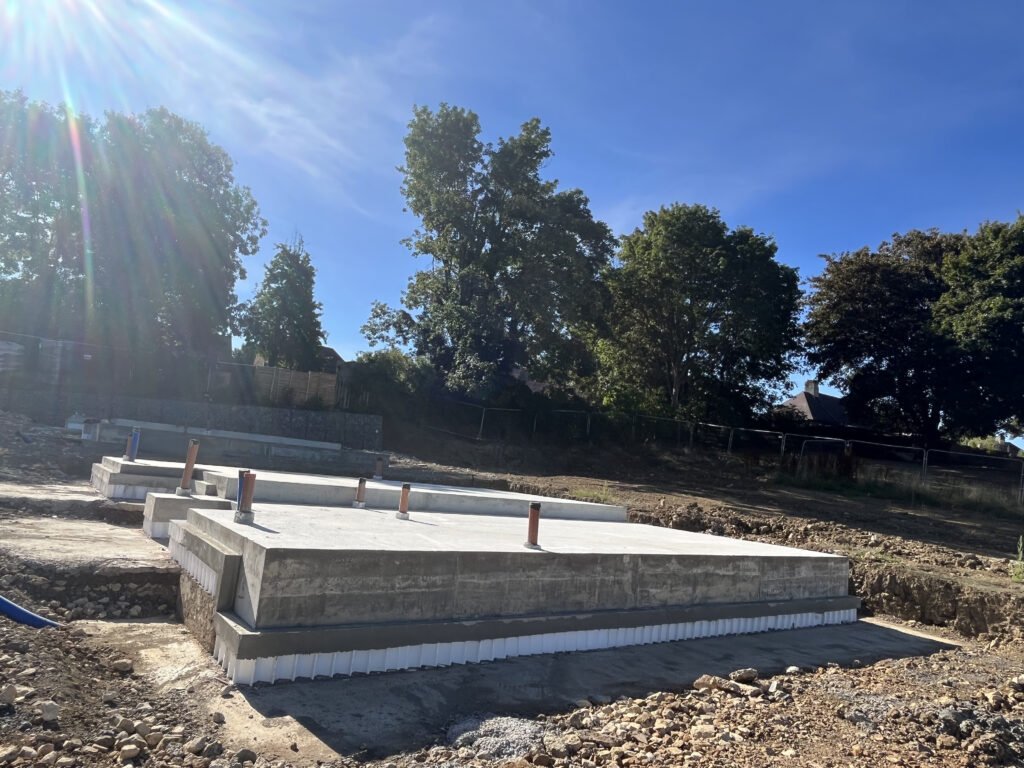
Engineering piles can counteract heave forces and prevent heave-induced damage, making them ideal for foundations in expansive soil environments. In addition to incorporating void former’s, prioritising the meticulous design of piles to resist heave forces effectively is essential in any foundation design.
Heave, caused by expansive soils that swell due to moisture changes, can exert significant upward pressure on foundations. To counteract these forces, whether using CFA (Continuous Flight Auger) piles or driven piles, each pile is engineered to resist the tension generated by heave. This tension can act on both the pile itself and on the underside of the slab. The force on the underside of the slab is then transferred to the pile also. Even when a void former is used, a small force is still applied to the underside of the slab prior to the void former crushing.

The piles derive their compression and tension capacity from soils located well below the shrink/swell zone, which is the region where soil movement is most significant due to changes in moisture content. Steel reinforcement is designed to transfer tension loads to deeper, more stable soil layers. Since compression capacity is also derived from the deeper soil, SPEEDECK piles are also unaffected by subsidence, which can occur when soils in the upper layers shrink.
This dual approach of engineering piles, combined with void formers that compress during soil expansion, ensures that the foundation remains structurally sound, even under challenging conditions. This design ensures long-term durability and stability, providing a comprehensive solution that protects against both heave and subsidence in expansive soil environments.







